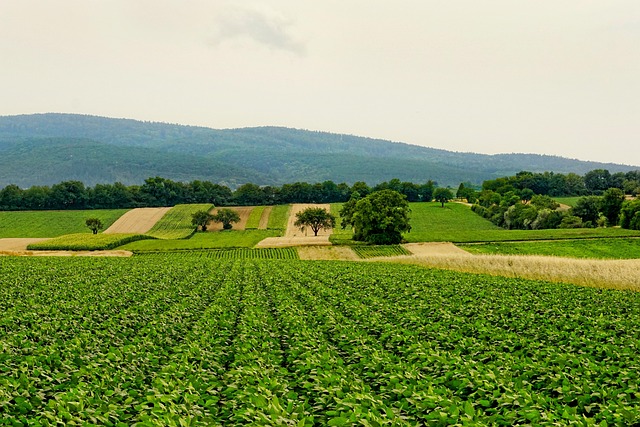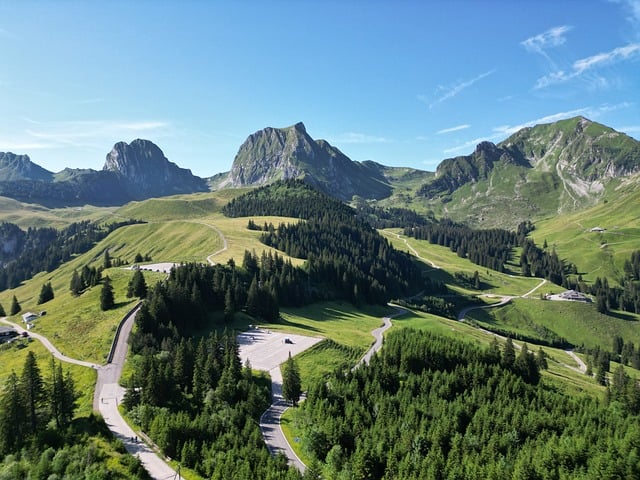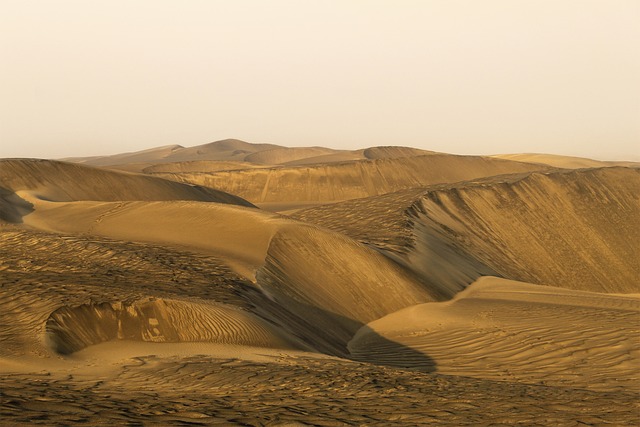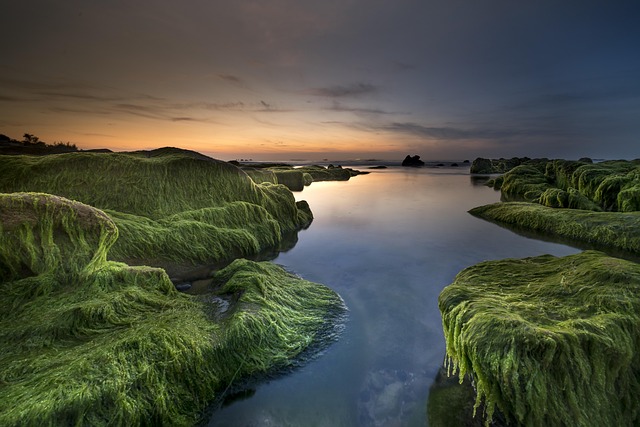The Oregon Dunes near Florence are a spectacular natural attraction formed by millions of years of geological activity, featuring towering 500-foot sand dunes that draw adventurers globally for activities like sandboarding. Holding profound cultural significance for Native American tribes, the dunes also serve as a premier outdoor destination with diverse recreational offerings, notably sandboarding in Florence, a global attraction that balances thrilling experiences with conservation efforts to preserve this fragile natural wonder.
The Oregon Dunes, a dynamic landscape of shifting sands, is more than just a natural wonder; it holds profound historical significance. This article explores the area’s unique geologic formation, rich cultural heritage rooted in Native American traditions, and its evolution as a popular tourist destination, particularly for thrilling activities like sandboarding in Florence. We also delve into environmental concerns and conservation efforts aimed at preserving this fragile ecosystem for future generations.
- A Natural Wonder: The Oregon Dunes and Its Geologic Formation
- Cultural Significance: Native American Heritage and the Dune Ecosystem
- Recreation and Tourism: Sandboarding in Florence and Beyond
- Environmental Concerns and Conservation Efforts
- Historical Milestones and Future Preservation of the Oregon Dunes Area
A Natural Wonder: The Oregon Dunes and Its Geologic Formation

The Oregon Dunes, stretching along the state’s central coast, are a breathtaking natural wonder that has captivated visitors for generations. This unique landscape is a product of millions of years of geologic processes, shaped by wind, water, and time. The dunes form part of a vast coastal plain, where ancient rivers once flowed and left behind layers of sand, compacted over eons to create the distinctive topography we see today.
Located near Florence, these sand dunes are among the highest in North America, towering up to 500 feet above sea level. The area’s sandy composition, coupled with its exposure to strong winds, has facilitated the formation of these colossal sand structures. Activities like sandboarding have become popular here, drawing adventure seekers from far and wide to experience the thrill of gliding down these ever-shifting sands.
Cultural Significance: Native American Heritage and the Dune Ecosystem
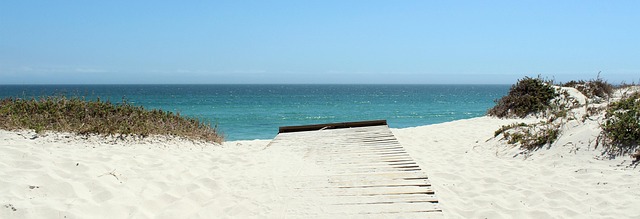
The Oregon Dunes area holds profound cultural significance, deeply rooted in the rich Native American heritage of the region. For centuries, indigenous communities like the Coos, Siuslaw, and Yaquina have relied on and revered this unique ecosystem. The dunes served as a source of sustenance, providing essential resources for survival, and held spiritual importance, featuring in their creation myths and rituals.
These ancient lands were not just a habitat but an integral part of the Native American way of life. Today, sandboarding in Florence, an activity that attracts thrill-seekers from around the world, echoes the historical connection humans have had with these dunes. It serves as a reminder of the area’s cultural legacy and the delicate balance between human recreation and preserving this fragile yet vibrant natural wonder.
Recreation and Tourism: Sandboarding in Florence and Beyond

The Oregon Dunes National Recreation Area is a haven for outdoor enthusiasts, offering a unique blend of natural beauty and recreational activities. One of the most popular attractions in this region is sandboarding in Florence, which has become a significant draw for tourists from around the world. The vast dunes provide an exhilarating playground for visitors seeking thrilling experiences. Sandboarding, or dune bugging as it’s sometimes called, allows people to slide down the sandy slopes, offering an adrenaline-pumping rush and breathtaking views of the surrounding landscape.
Florence, with its strategic location on the Oregon Coast, has established itself as a premier destination for sandboarding enthusiasts. The area’s diverse dune formations cater to various skill levels, making it accessible for both beginners and experienced riders. Beyond Florence, the Oregon Dunes National Recreation Area boasts similar attractions, fostering tourism and creating memorable experiences that keep visitors coming back for more.
Environmental Concerns and Conservation Efforts

The Oregon Dunes, a unique and vast landscape, have long been a source of fascination and recreational activity, particularly for those who enjoy sandboarding in Florence. However, this natural wonder has also faced significant environmental concerns over the years. The area’s delicate ecosystem, characterized by rare plants and animals adapted to the harsh conditions, was at risk due to human activities. Off-road vehicles and recreational uses have led to habitat destruction, erosion, and pollution, impacting the overall health of the dunes.
Conservation efforts have been crucial in preserving this historical site. Local communities and environmental organizations have joined forces to protect the Oregon Dunes National Recreation Area. Regulations have been implemented to limit off-road access, and restoration projects aim to rehabilitate damaged areas. These initiatives focus on promoting sustainable practices, ensuring that future generations can still enjoy sandboarding in Florence while safeguarding the area’s ecological value.
Historical Milestones and Future Preservation of the Oregon Dunes Area
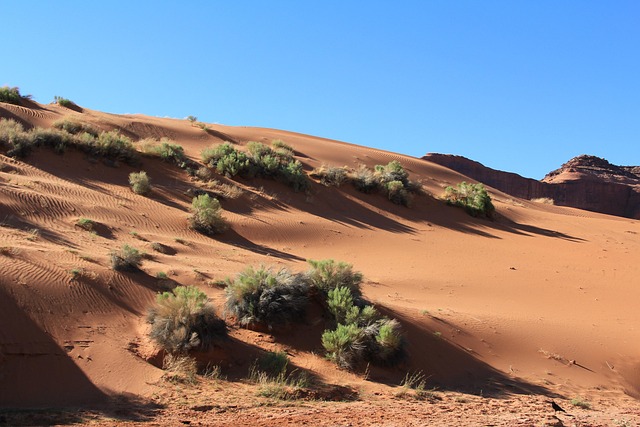
The Oregon Dunes Area, a vast and ever-shifting landscape, has witnessed centuries of transformation and cultural evolution. One of its earliest historical milestones was the migration patterns of Native American tribes who found sustenance and shelter in this unique environment. These indigenous communities left behind rich cultural artifacts, offering modern scholars valuable insights into their way of life. Over time, the dunes became a strategic location for early European settlers, attracting them with potential resources and trade opportunities.
Preserving this historic site is paramount to ensuring future generations can experience its raw beauty. Today, activities like sandboarding in Florence bring visitors from all over, contributing to both local tourism and awareness of the area’s ecological value. As development pressures increase, conservation efforts are essential to protect the delicate balance of the Oregon Dunes. By implementing sustainable practices and raising public awareness, we can safeguard this natural wonder for years to come, ensuring its historical significance endures as a cherished part of Oregon’s identity.

